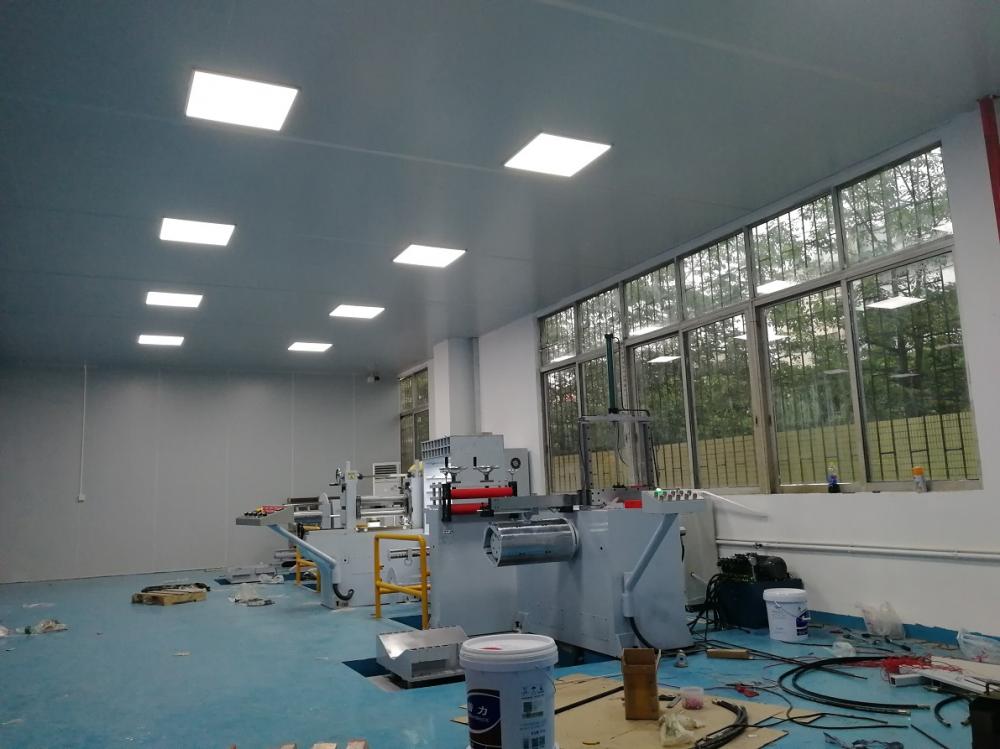Recently, the Swedish company Sol Voltaics said solar cell conversion efficiency could be increased by as much as 25% by using nanowire inks, resulting in cheaper solar power without significantly increasing production costs. Sol Voltaics plans to explore a new way to extract a nanowire from gallium arsenide. This material has long been used to make solar cells, has the advantages of other materials (such as silicon), but the price is very high. The company claims that by suspending the nanowires in a liquid and coating it with a surface with the thread up (similar to beard and grass blades), it can produce much more electricity than would normally be used with less gallium arsenide Solar panels. David Epstein, chief executive of Sol Voltaics, said: "Less than one gram of material is needed to cover a square meter." Epstein said that by applying to the surface of glass and other objects, this method can create a brand new solar panels. After painting on existing solar panels, a given surface area can generate more electricity. A 25% increase in efficiency results in fewer panels producing a certain amount of electricity. Conversely, the same amount of solar panels will be able to generate more electricity. For example, a 200-watt panel becomes a 250-watt panel when this overlay is applied. Of course, this requires an up-front cost investment. However, compared with the huge benefits, this is simply insignificant. Sol Voltaics was founded by Lund Samuelson, a professor at the University of Lund in Sweden and a scientist in nanotechnology. Samuelson's research is based on a production process called "aerotaxy." Chip manufacturers and other manufacturers often use gas to deposit materials on fixed surfaces such as wafers. In contrast, by applying aerotaxy, nanowires are continuously formed on the gold nanoparticles as the gold nanoparticles flow in a gas-filled chamber. Ultimately, these gold nanowires are collected and stored in a liquid that can be used in processes like inkjet printing. Instead of building their own solar panels, Sol Voltaics intends to set up factories to manufacture and sell the liquids and sell them to existing solar panel manufacturers to increase product conversion rates. Epstein said: "We call it ink, we will become an ink factory." To date, Sol Voltaics has just shown the use of indium phosphide nanowires made of solar cells. However, the company expects to show solar cells using gallium arsenide nanowires by the end of 2013 and begin mass commercial production in 2016. To date, Sol Voltaics has raised $ 11 million from Swedish investors and is expected to raise another $ 10 million to $ 20 million this year. The company expects to require at least $ 50 million to begin mass production.
(1). Raw material specifications
1. Material: metal strips such as copper and stainless steel strips.
2. Material width: within 420mm.
3. Material thickness: copper strip 0.05mm∽1.5mm, stainless steel 0.05mm∽1.0mm.
4. The inner diameter of the raw material roll: ï¿ 300mm.
5. Outer diameter of raw material roll:â‰¦ï¿ 1500mm.
6. Weight of raw material roll: ≤3000kg.
Dongguan Liaobu Jingye Precision Machinery Factory , https://www.dgjyjmjx.com
Jingye precision mechanical slitting machine is specially used for slitting various thin strips, such as copper,
Aluminum, iron, stainless steel, up to + -0.002mm

Nanowire ink is expected to improve solar cell conversion efficiency